What Makes Art Good? A Guide to Understanding the Quality of Art
Art is one of those things that can spark intense debate, stir up emotions, or even leave us scratching our heads. What makes a painting “good”? Why do some pieces hang in prestigious galleries, while others live out their days in second-hand shops or the back of closets? Whether you're a seasoned art lover or someone who’s just beginning to explore the world of paintings and prints, understanding what makes art good is essential for making the best decisions when you're looking to buy art.
We’ll break down the factors that determine what makes art truly stand out. We’ll also help you navigate the process of choosing pieces that speak to you and bring joy to your space without getting too technical or pretentious. After all, art should be fun and accessible, right? Let’s dive into what makes art “good,” and how you can make the best choices when you’re looking to buy paintings or prints.
The Subject Matter: What’s the Story?
Let’s start with the basics. One of the first things you might notice about a piece of art is its subject matter. Whether it’s a portrait, landscape, abstract design, or a contemporary take on a classical theme, the subject is usually what grabs our attention. But how do we know if a subject is “good” or not?
Personal Connection
Art is all about connection. A piece of art that resonates with you personally can be considered good—whether or not it has some sort of universal “wow factor.” If a painting, print, or sculpture speaks to your experiences, emotions, or ideals, it has already done its job. The best art stirs something inside of us, whether it’s a sense of nostalgia, wonder, or even discomfort. When you buy art, think about how the subject matter makes you feel. Does it evoke a positive emotion? Does it make you pause and reflect? That emotional response is a huge part of what makes art good.
Cultural and Historical Significance
While a personal connection is important, there’s also something to be said for art that carries historical or cultural significance. Some works of art become iconic because they represent a pivotal moment in history or a turning point in artistic evolution. A piece like this can feel timeless, and its relevance might increase over time. Whether it’s a piece from a famous artist or a modern work that reflects societal trends, art with cultural weight can enhance the value of your collection.
Technique and Craftsmanship: The Art of the Artist
Okay, so the subject matter is one thing, but what about the technical skills of the artist? Is a painting “good” just because it looks nice, or do we need to consider the techniques behind the brushstrokes? The answer is a bit of both, but let’s take a closer look at the artistry that goes into creating a piece.
Composition and Balance
Composition refers to how the elements of a painting or print are arranged within the frame. A well-composed work feels balanced and harmonious, drawing the viewer's eye across the canvas in a natural way. Even abstract art, which may not have a literal subject, often plays with composition to create an engaging visual experience. A good piece of art has a sense of structure, even if it appears chaotic at first glance. Whether it’s the interplay of light and dark or the distribution of color and shape, composition is key to creating a pleasing piece of art.
Color and Light
Let’s talk about color. The right color palette can completely transform a painting, turning it from a simple picture into something extraordinary. Artists use color strategically, playing with contrast, harmony, and mood. Warm tones might evoke feelings of comfort and intimacy, while cooler hues could create a more serene or somber atmosphere. Likewise, the use of light and shadow adds depth and dimension to the artwork, helping to create a realistic, dreamlike, or surreal effect depending on the artist’s intention. The mastery of color and light can elevate an artwork to a whole new level, making it more visually appealing.
Brushstrokes and Texture
Another technical aspect to consider is the artist’s use of brushstrokes and texture. Each artist has a unique approach to applying paint, whether it’s smooth, layered, or textured. The tactile quality of a painting can add visual interest and make the piece stand out. Think of the thick, impasto brushstrokes of a Van Gogh painting or the soft, blended gradients of a watercolor landscape. If you’re looking to buy paintings that show true artistic skill, pay attention to how the artist’s brushstrokes contribute to the overall feeling of the work.
Originality: Is It Something New or a Classic Twist?
Now, let’s address the topic of originality. Is a painting “good” just because it’s original? Well, yes and no. Originality plays a huge role in defining the success of an artwork, but it doesn’t mean every “good” painting has to be revolutionary or radically new. After all, even the most iconic works of art were once new and innovative for their time.
Innovative Concepts
Artists who push boundaries with new concepts, techniques, or ideas often create art that gets noticed. Think of Picasso’s abstract forms or the surrealist work of Salvador Dalí. These artists weren’t just making pretty pictures, they were changing how we think about art. Originality in art often comes from an artist’s ability to break away from convention and challenge the norms. It could be a new approach to perspective, a twist on a familiar theme, or a fresh use of materials.
Classic Interpretation
That being said, not all good art needs to be radically original. Sometimes, a classic subject like a landscape or a portrait can feel fresh and exciting through the artist’s unique interpretation. A skilled artist can take a traditional subject and add their own voice to it, whether through technique, composition, or their personal perspective. The beauty of art is that it’s always evolving, and even established forms can be made relevant and captivating again with a fresh twist.
Emotional Impact: Does It Make You Feel Something?
Perhaps the most subjective and powerful factor in determining whether a piece of art is good is its emotional impact. Does it make you feel something? Art has the power to trigger all sorts of emotions, from joy and awe to sadness and contemplation. A “good” painting or print is one that resonates with you on a deeper level and sticks with you long after you’ve seen it.
The Power of Emotion
When an artwork moves us emotionally, it has a lasting effect. This emotional connection is often why people choose to buy art for their homes—whether it’s a soothing landscape for the bedroom or a vibrant piece for the living room. If a painting can stir emotions or prompt introspection, then it’s certainly a good piece of art. Whether the emotion is positive or challenging, the fact that it provokes any reaction is a mark of its success.
Relatability
For some people, the emotional impact of a piece comes from how relatable it feels. A portrait of a familiar place or a depiction of a shared experience can make the viewer feel understood. Relatability doesn’t necessarily mean the work is simple or easy to grasp; it’s more about the art offering a glimpse into the artist’s world that feels accessible or familiar to you.
The Artist’s Intent and Personal Vision
What sets art apart from a decorative item is often the artist’s intent. A “good” piece of art is one that is purposeful, with the artist conveying their vision or message through their work. The intention behind the art gives it depth and meaning, making it more than just something to look at.
Art as Communication
Art is often seen as a form of communication, where the artist expresses their thoughts, feelings, or reactions to the world around them. A good piece of art will communicate something beyond just its visual appeal. It could be a social commentary, a personal narrative, or an exploration of an idea. When you buy art, it’s important to consider what the artist is trying to say. Does their intent come through in the work? Do you feel like you understand the artist’s perspective?
Personal Style
Every artist has a personal style, a unique way of seeing and interpreting the world. That personal style is what often makes art stand out. When you find a piece of art that speaks to you, it’s often because it aligns with your own tastes or because the artist’s style resonates with you in some way. Whether it’s a bold abstract work or a delicate botanical print, the artist’s style contributes to what makes their work special.
Why Art is Worth It: Building Your Collection
When you decide to buy art, it’s not just about picking something that looks nice. It’s about finding pieces that speak to you, reflect your personality, and enrich your environment. Art is an investment in your space and your experience, and the right painting or print can make all the difference in how a room feels. Whether you’re looking to buy paintings that inspire you or invest in unique prints that capture your attention, there’s a piece of art out there that’s perfect for you.
A Lasting Investment
A good piece of art isn’t just something you enjoy now—it can be something you appreciate for years to come. Art can become a part of your personal story, with its meaning deepening over time. Plus, if you’re lucky, it might even increase in value! Whether it’s for your own enjoyment or to enhance the atmosphere of your home, buying art is an investment in something that brings beauty and inspiration into your life.
Final Thoughts
What makes art “good”? Is it the subject matter? The technique? The emotional impact? The truth is all of these elements combine to create art that resonates and connects with people. The best pieces are the ones that make you feel something, whether it’s joy, curiosity, or a bit of wonder.
If you're looking to buy art that stands out, pay attention to the things that matter most to you. Does the painting speak to your emotions? Does it reflect your style? Does it have meaning or relevance to your life? Whether you’re choosing a painting to hang in your living room or a print for your office, the most important thing is that it brings you joy.
At our store, CycloneSale.com, you’ll find a variety of paintings and prints that can transform your space, spark your imagination, and make your home or office feel more like you. Buy art and happy art hunting!


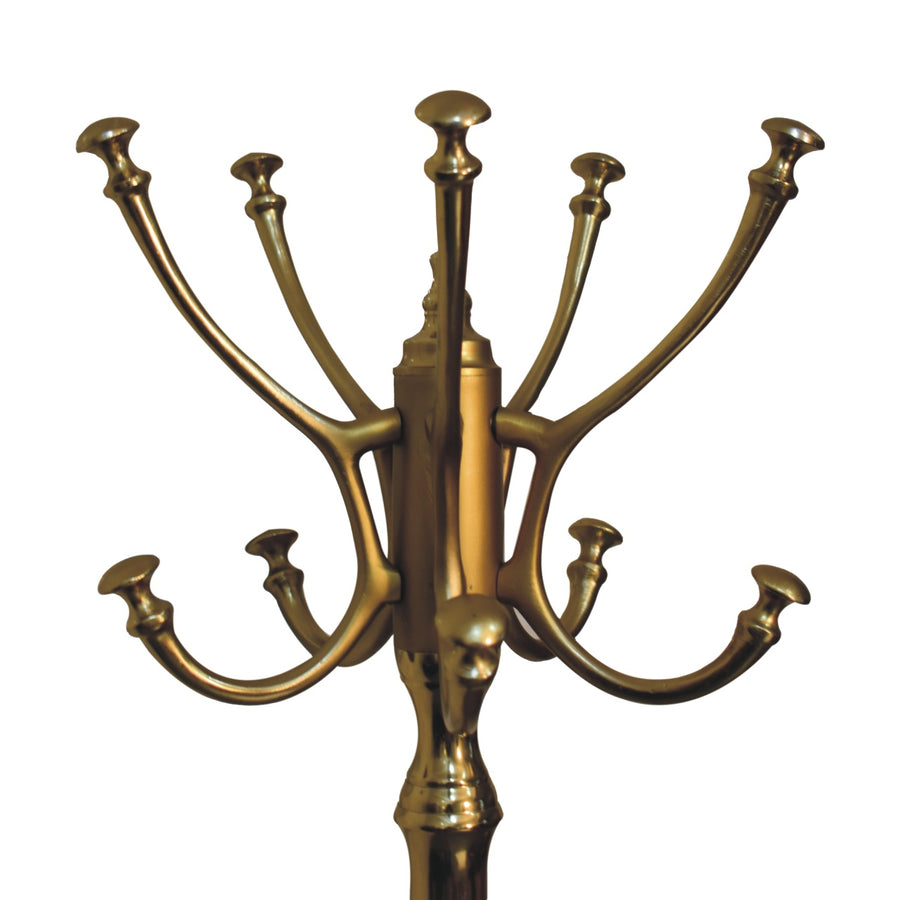
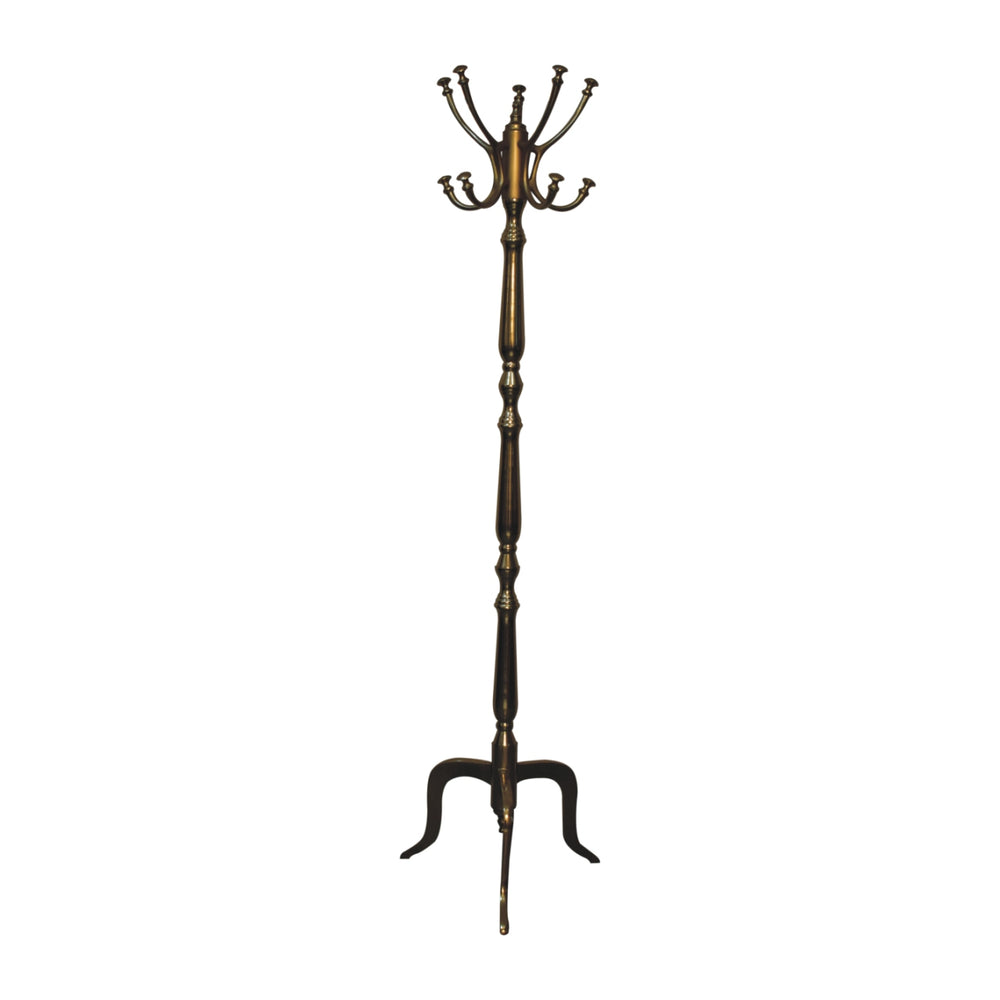
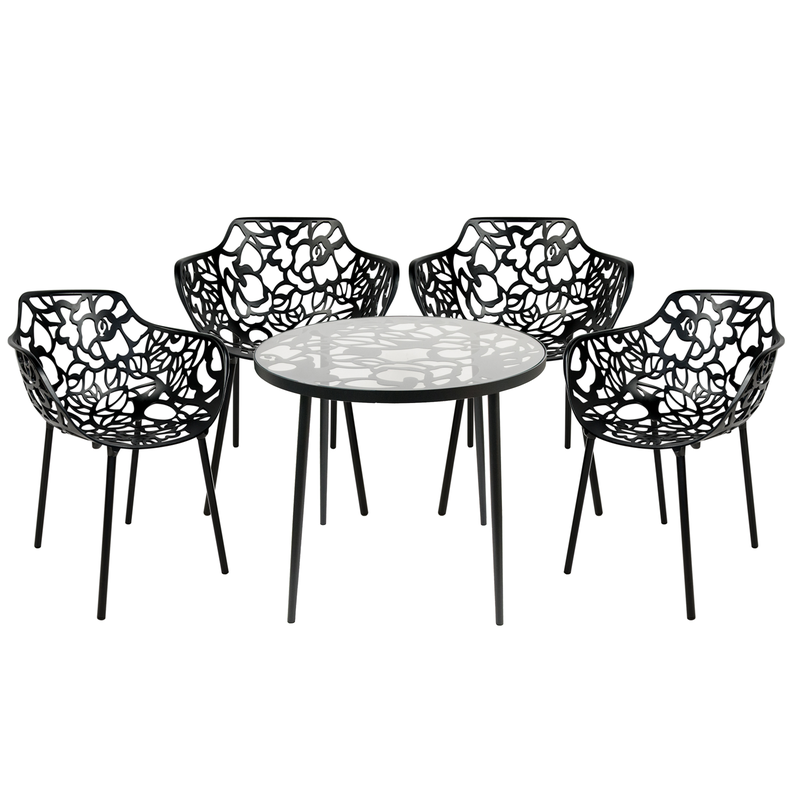





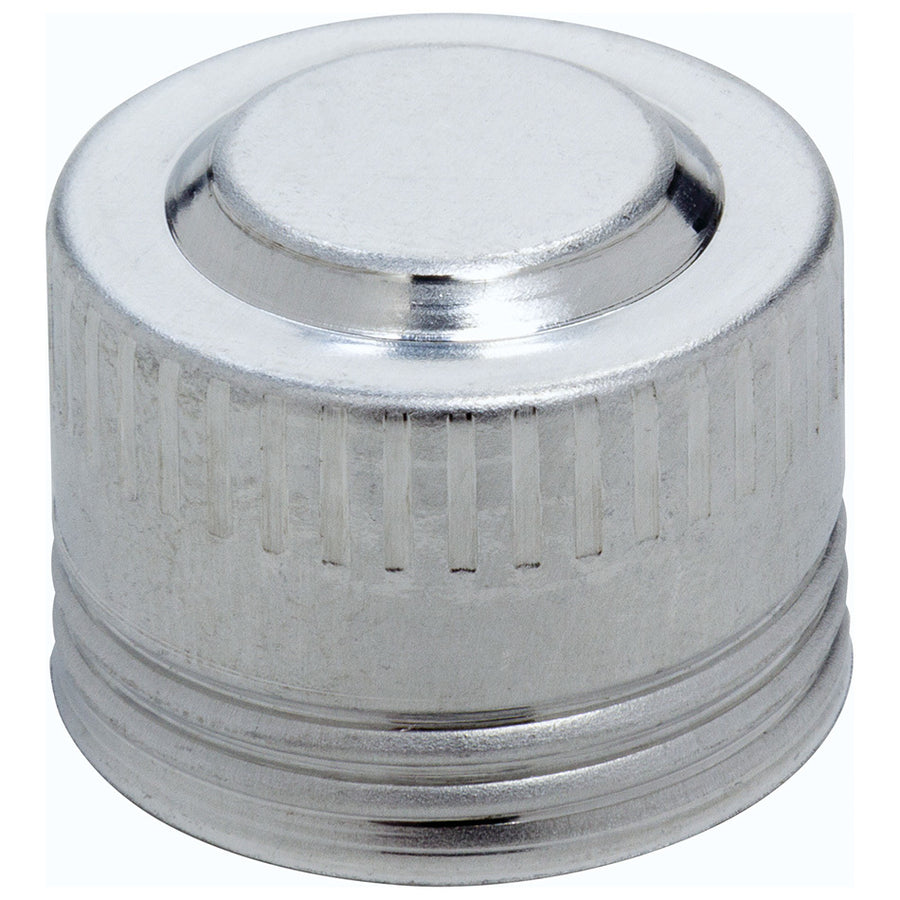
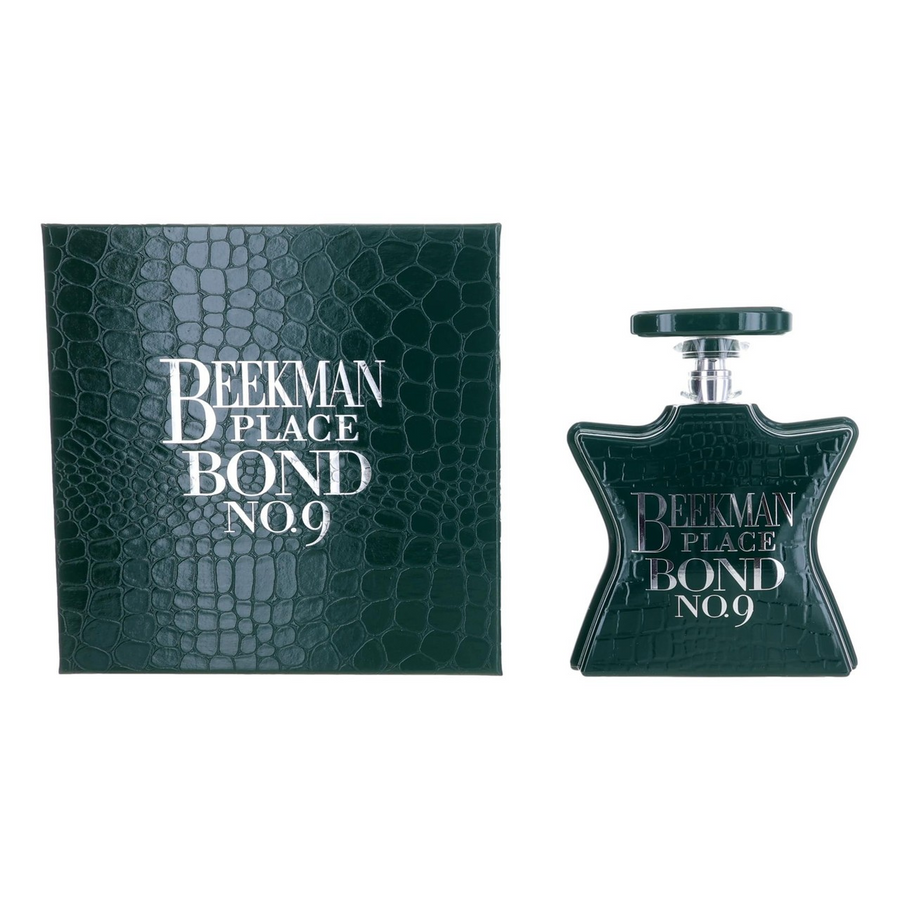






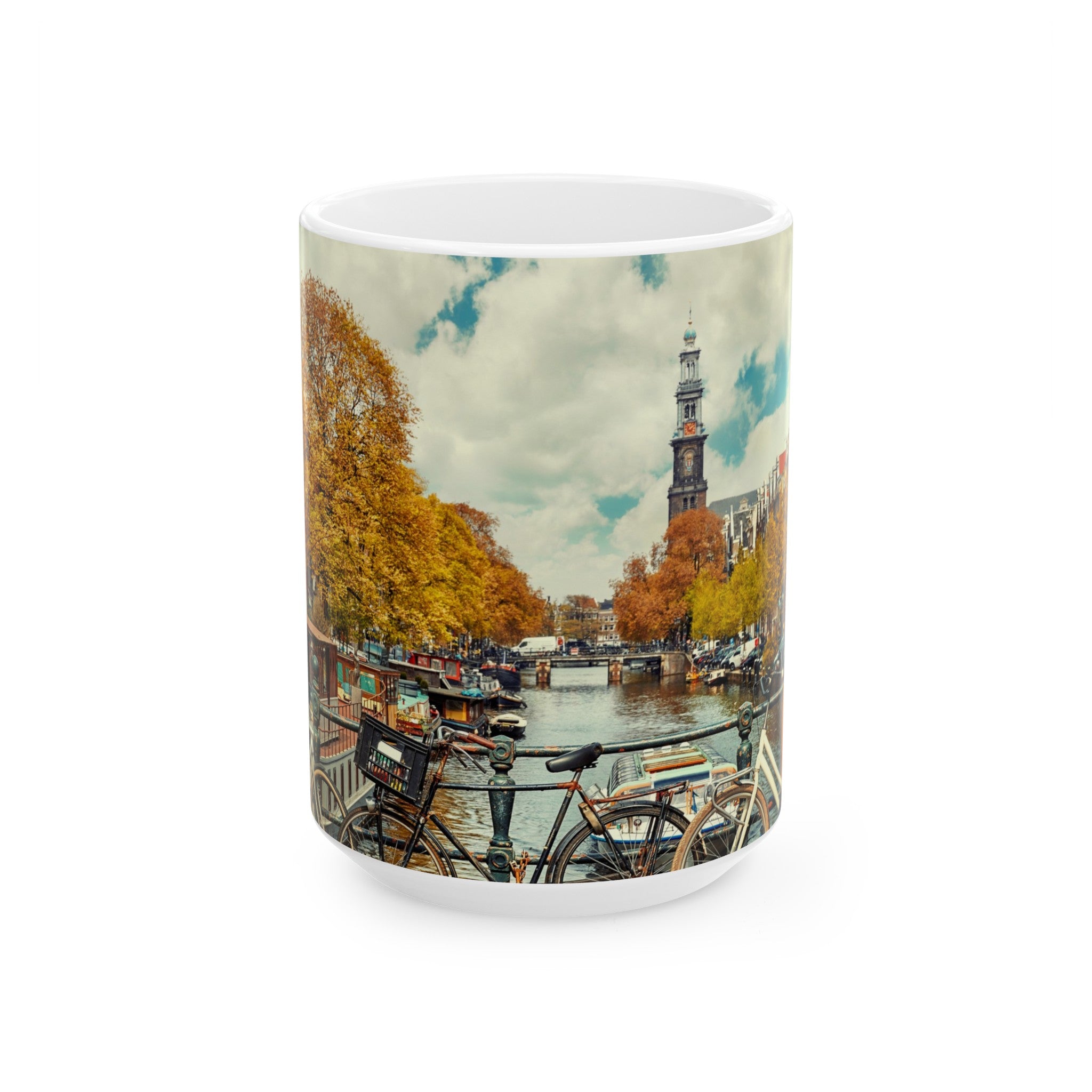



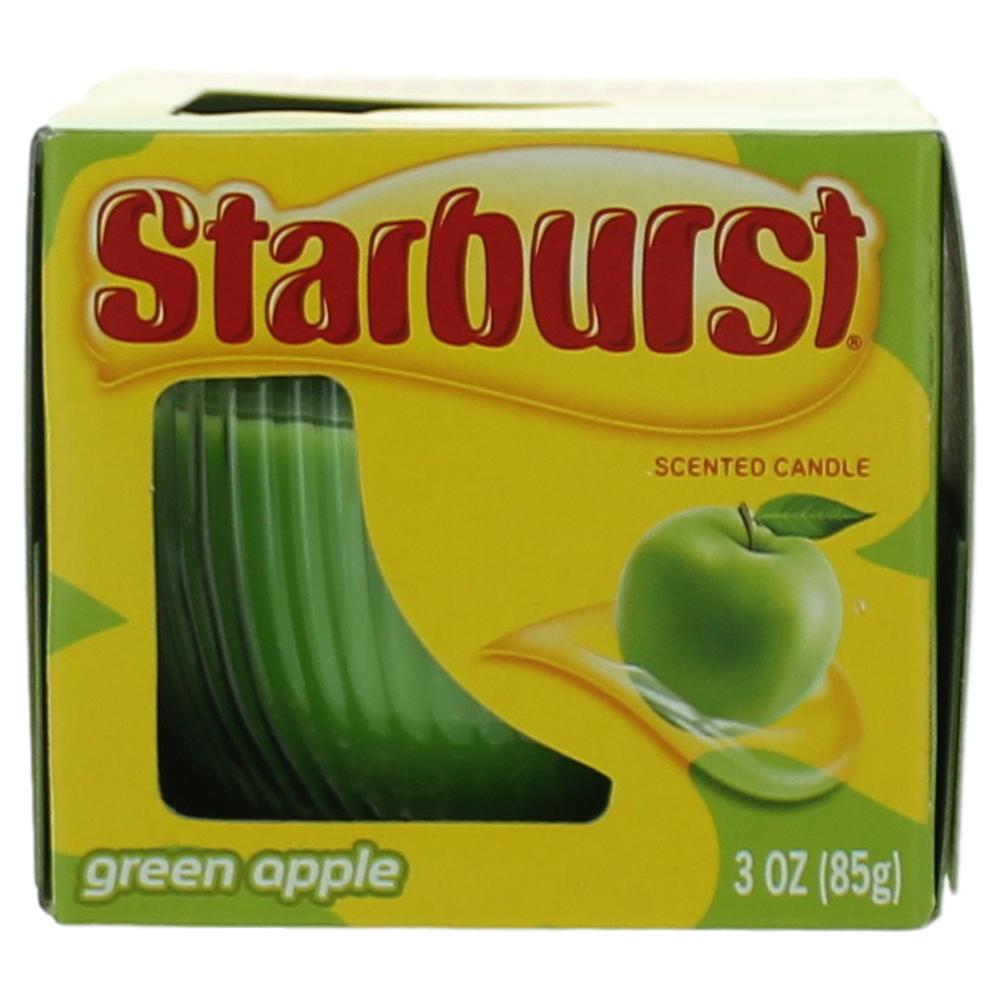


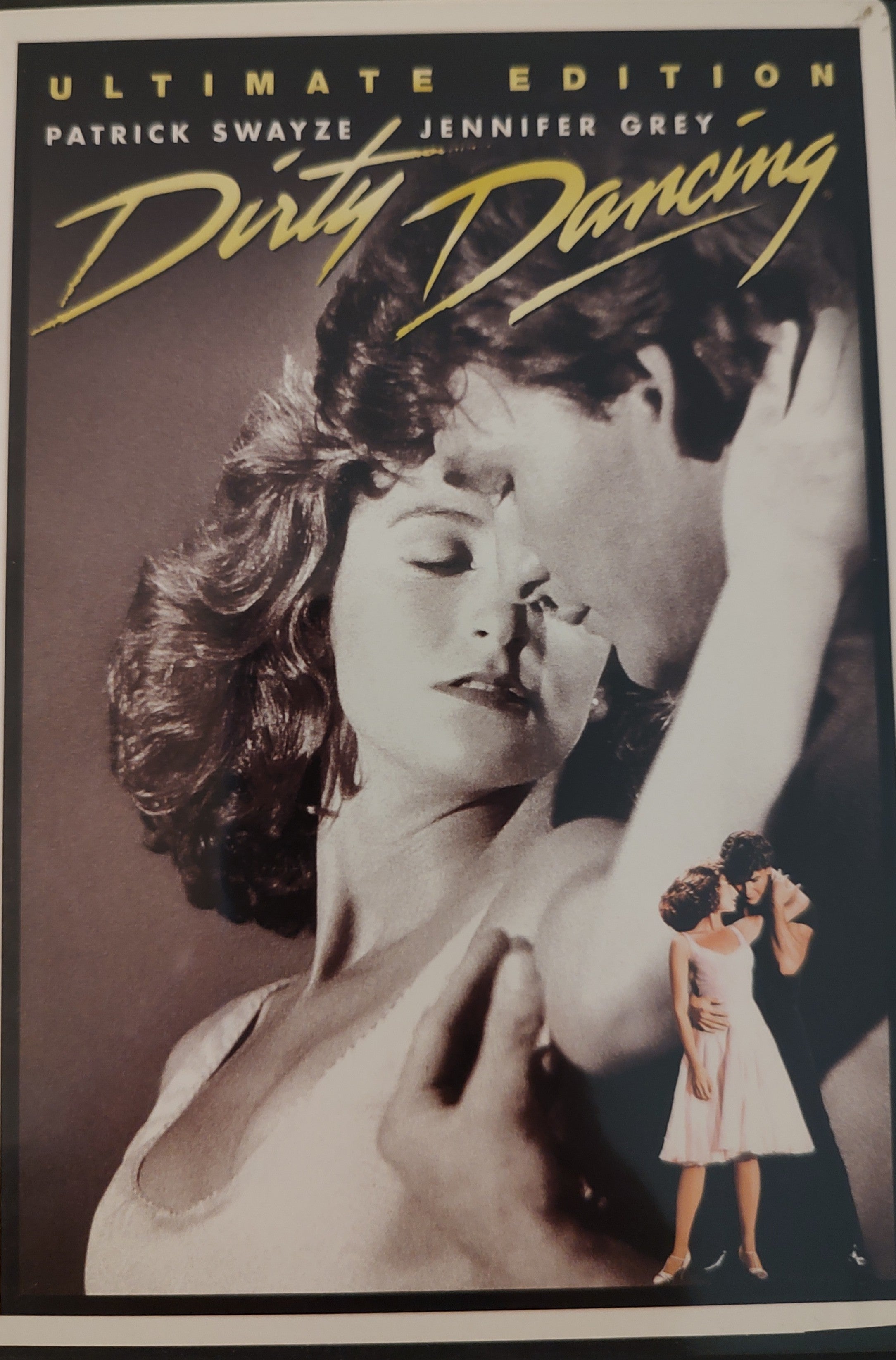





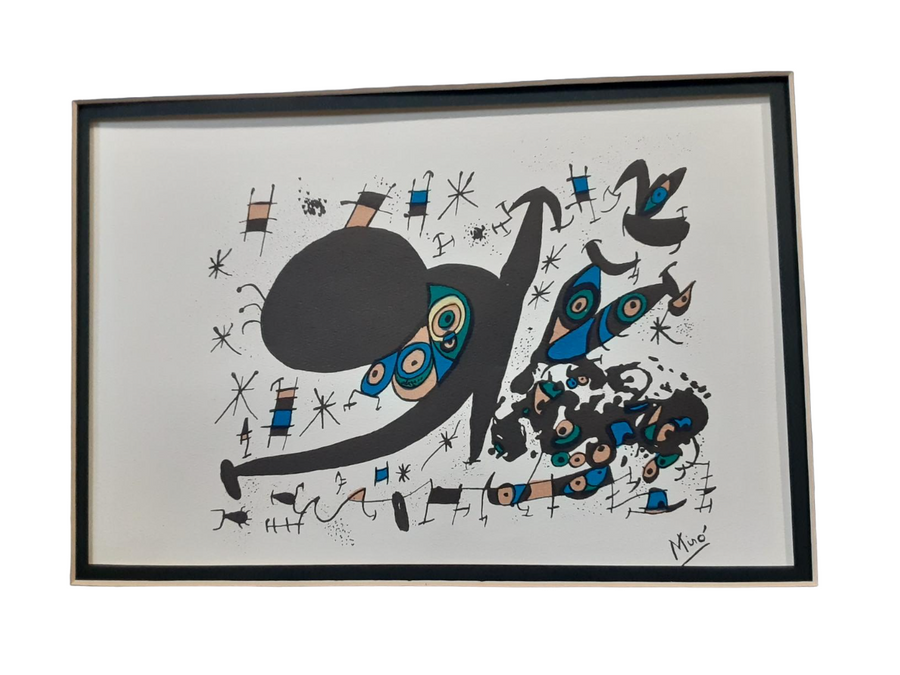



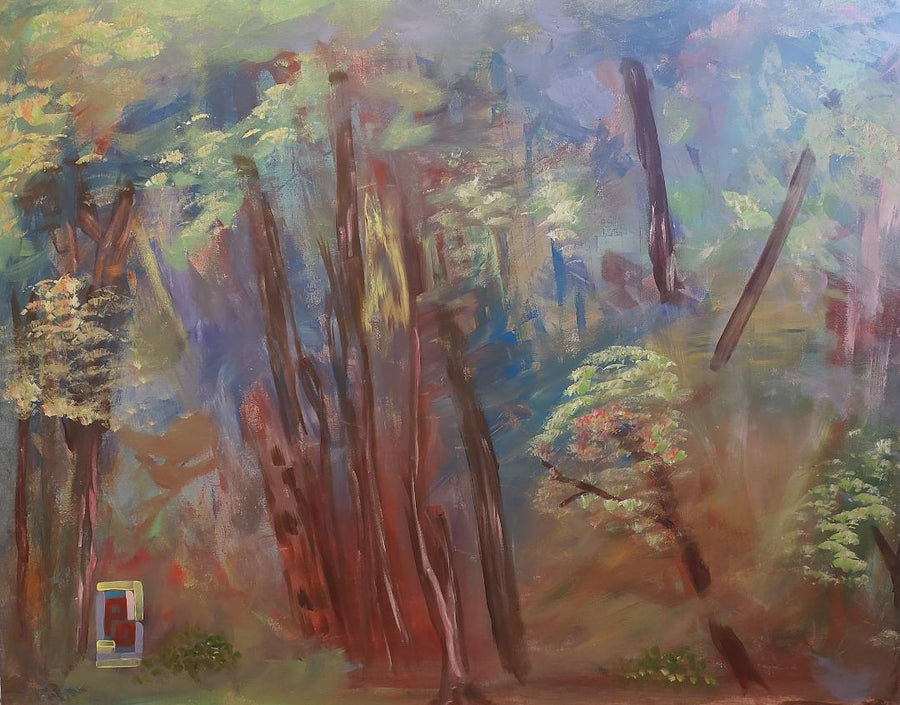
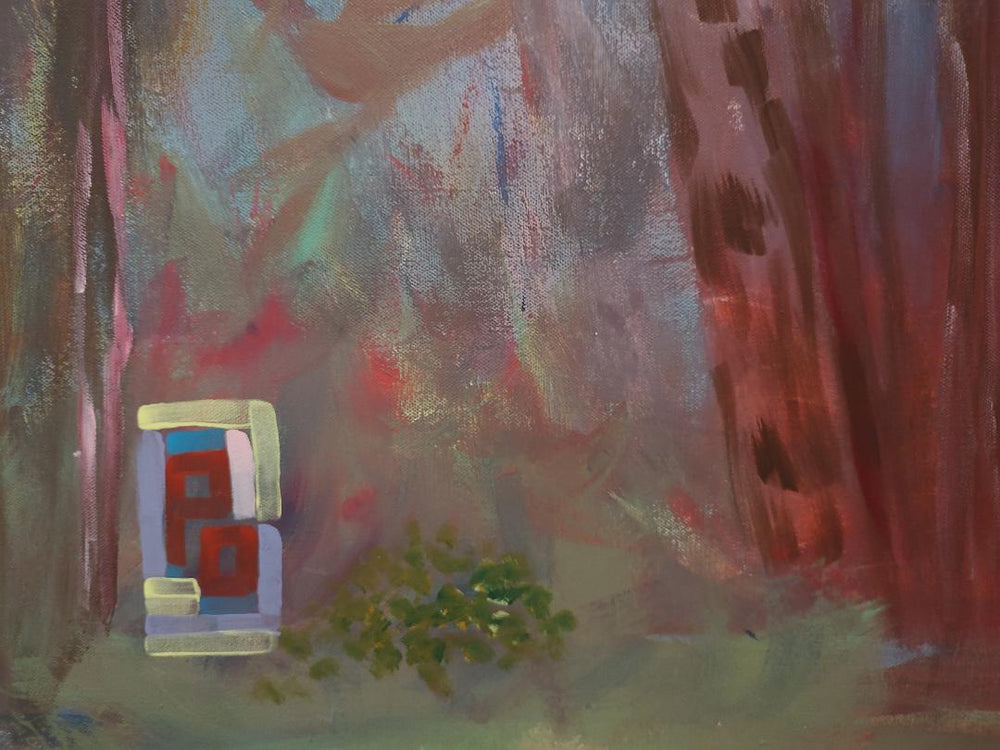
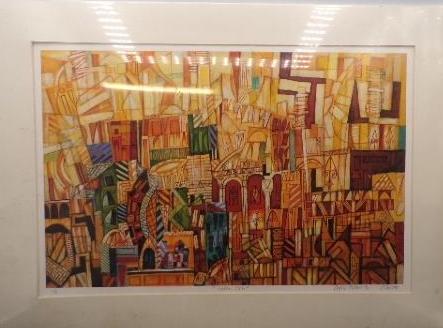

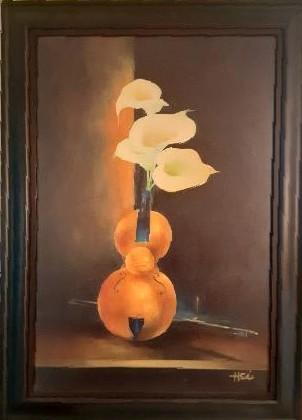

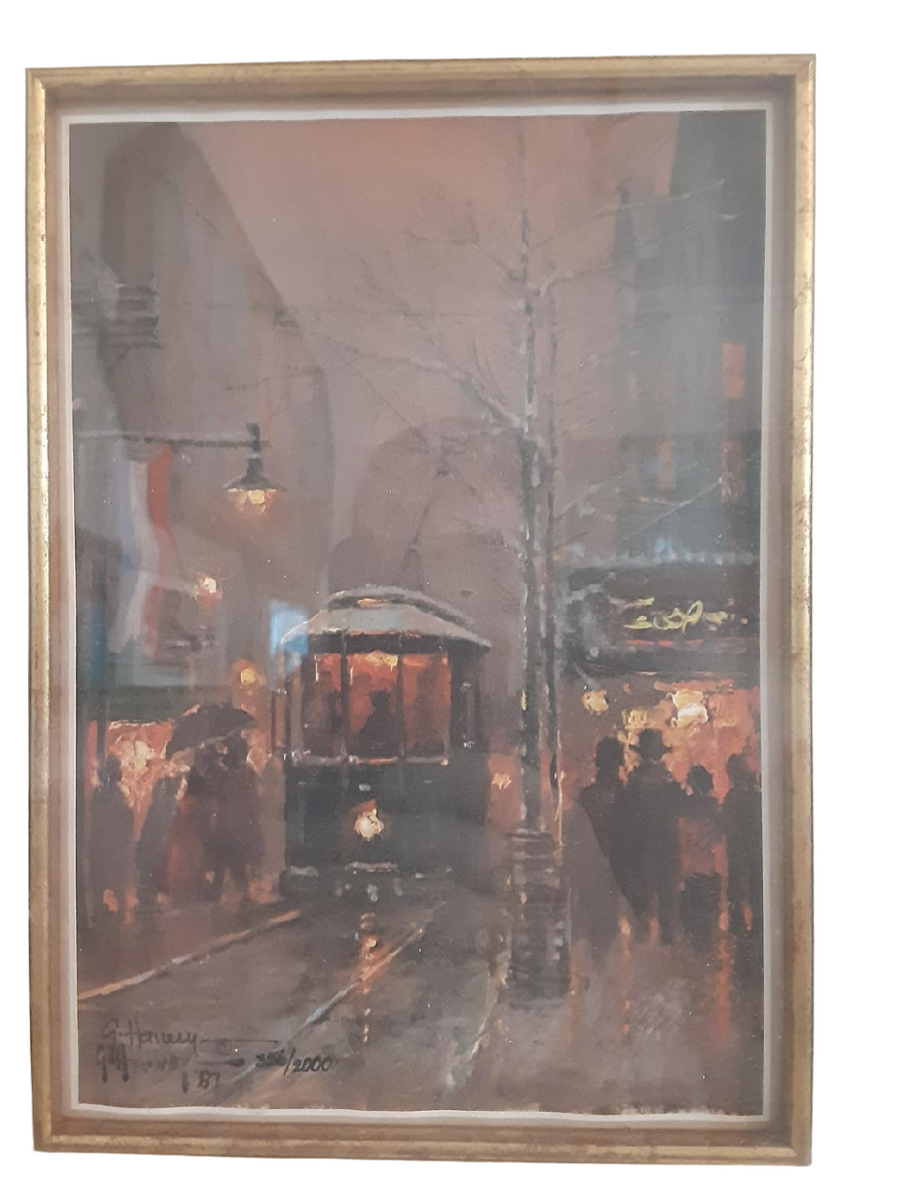
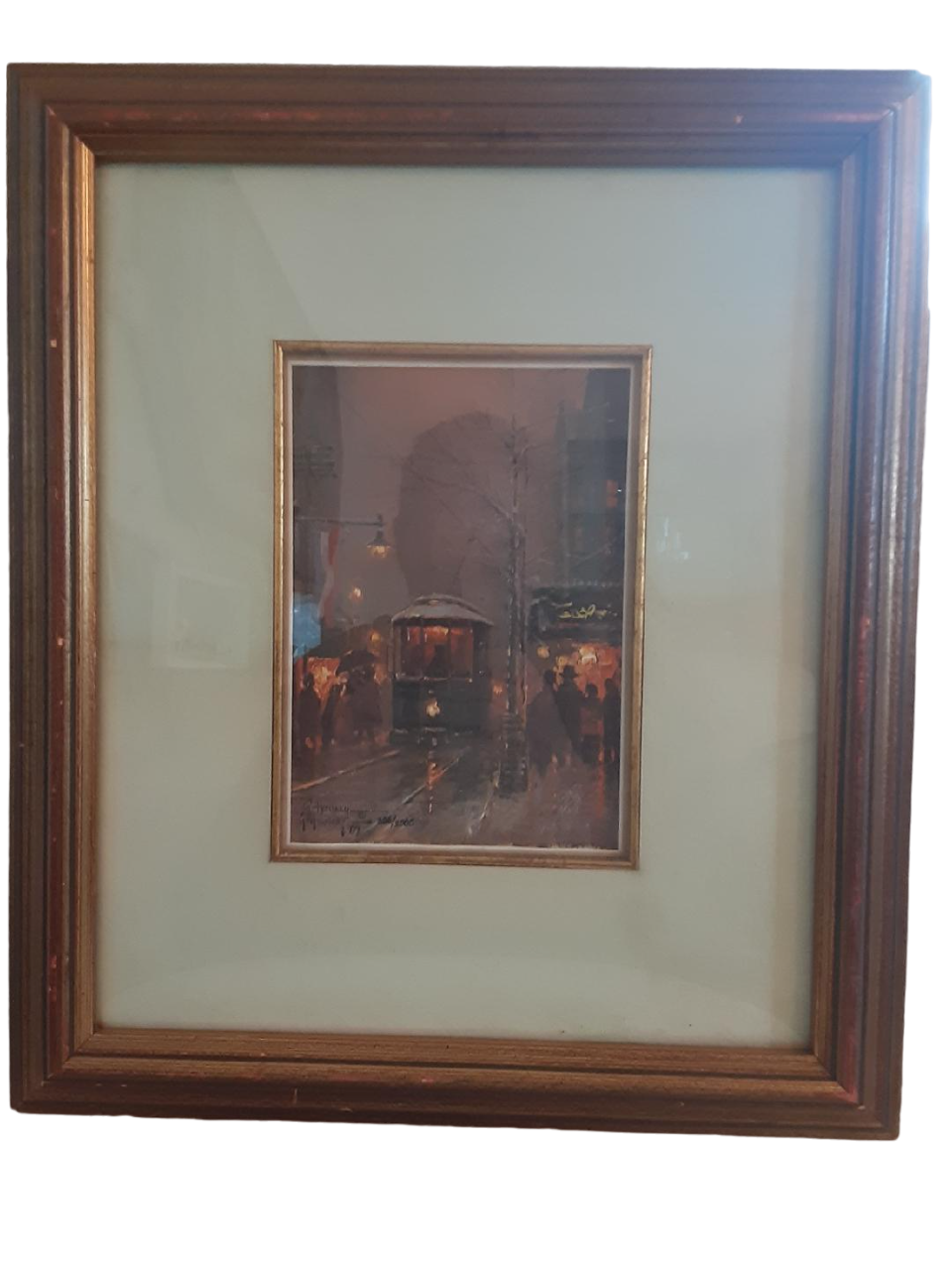
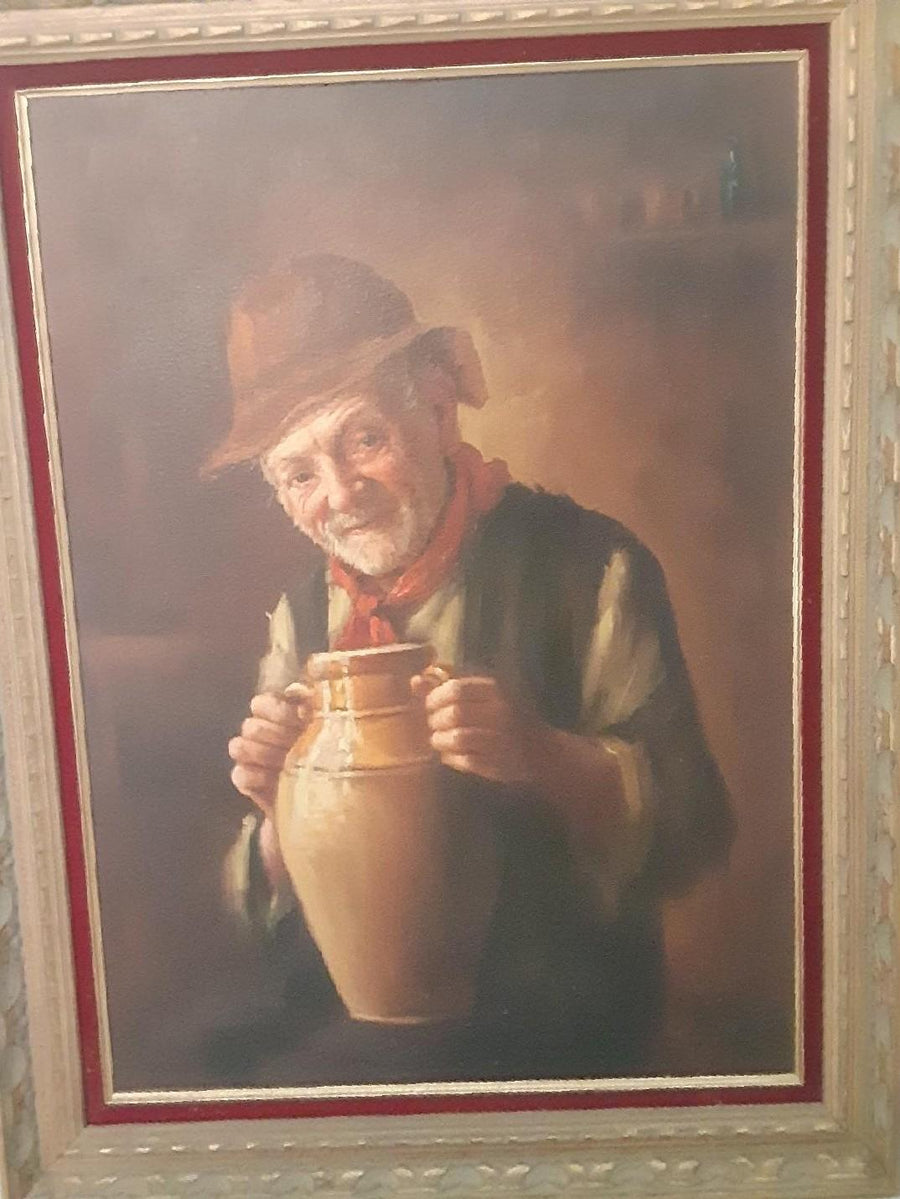
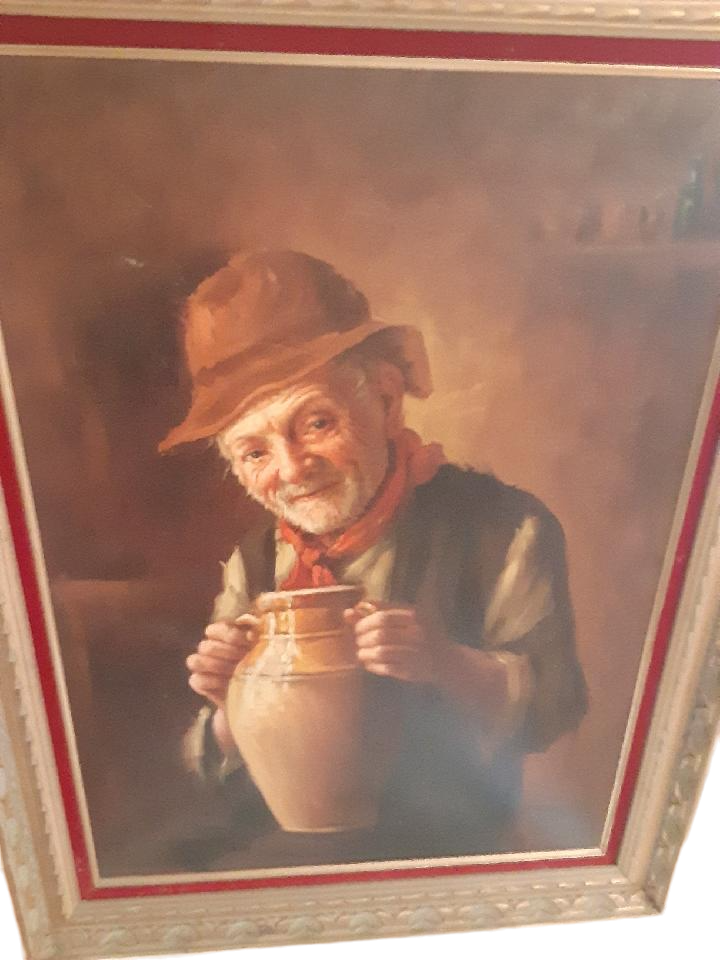
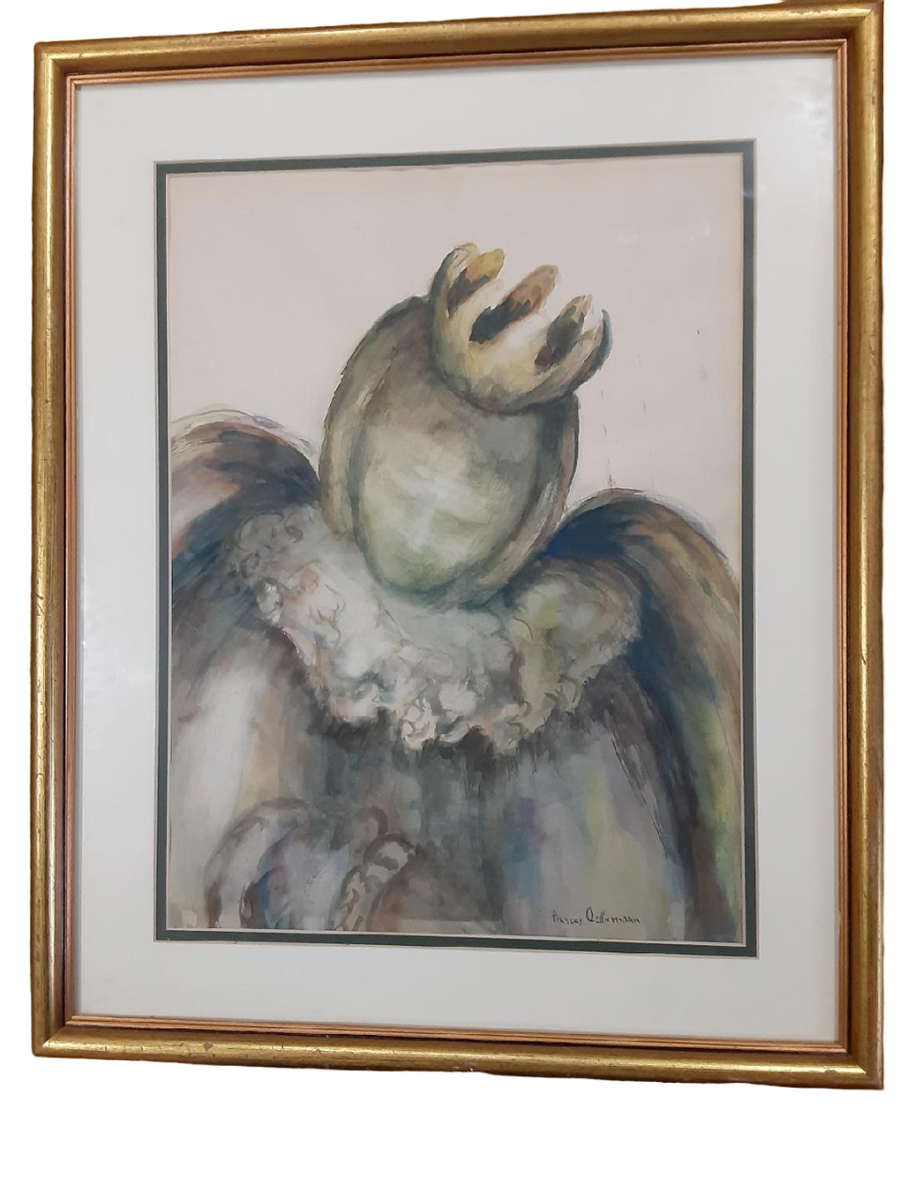
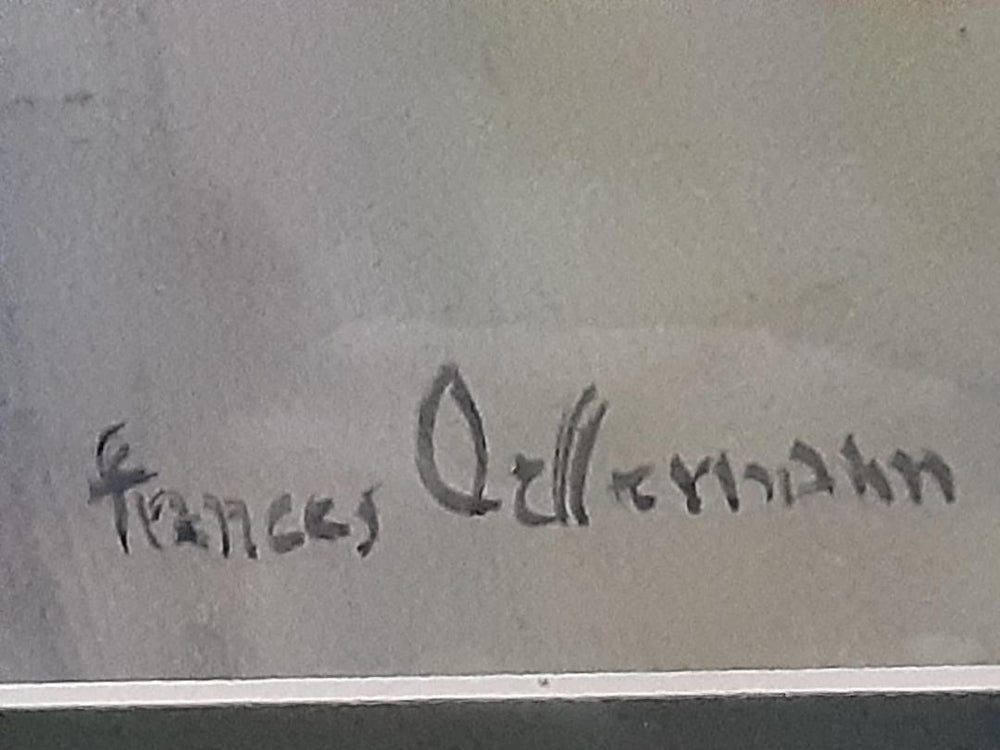
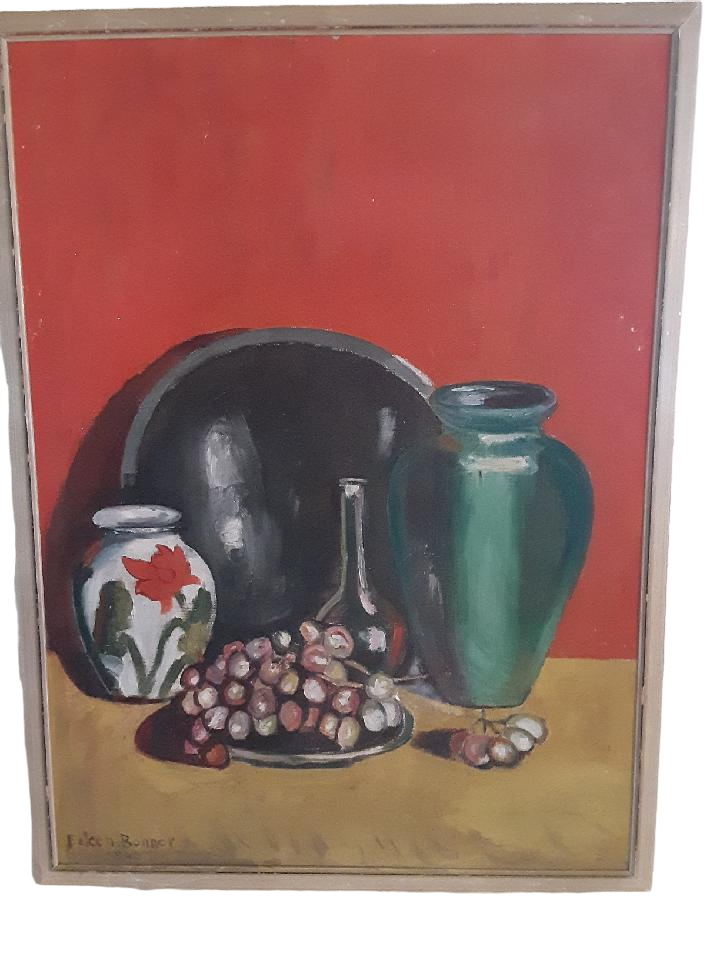
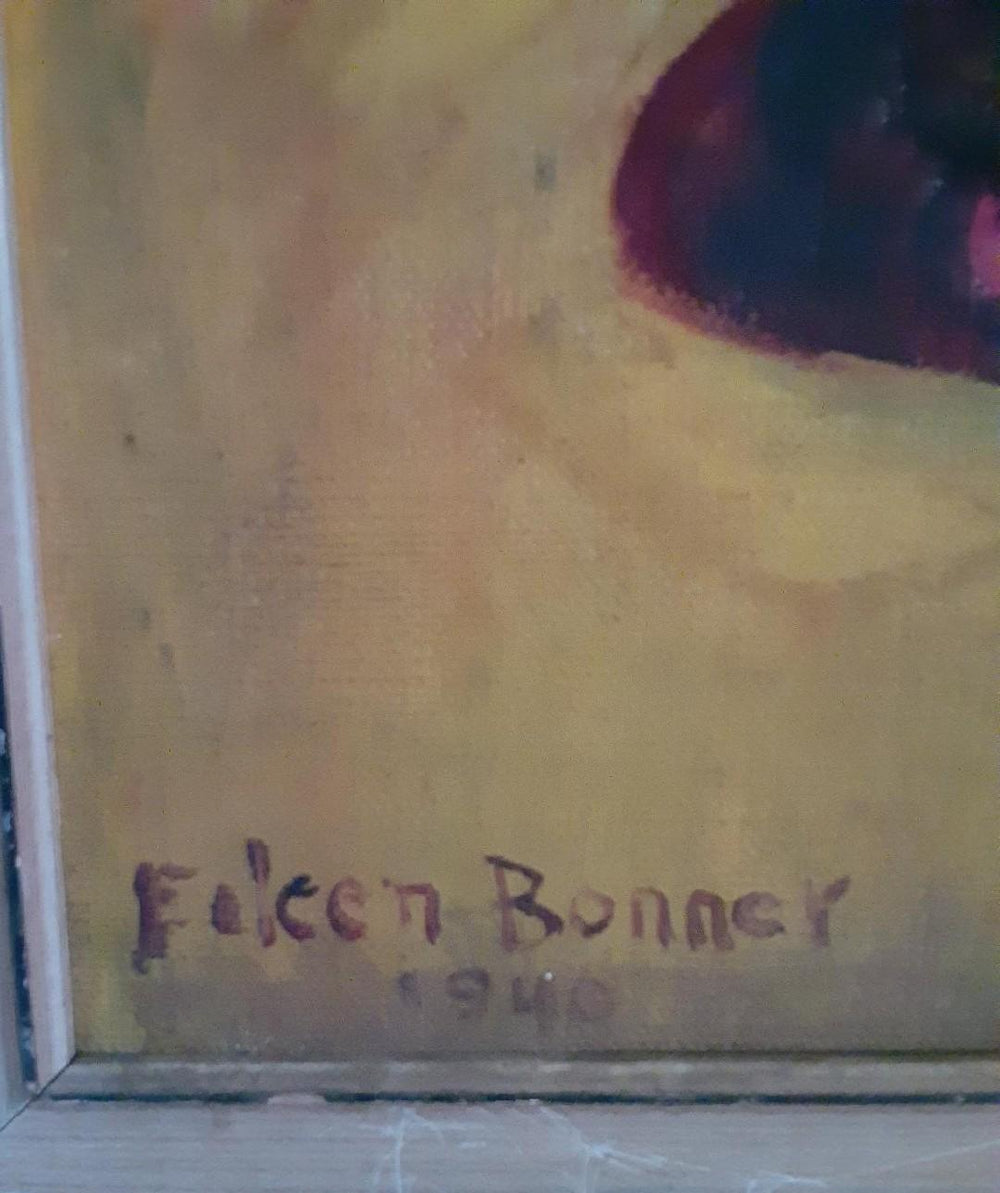
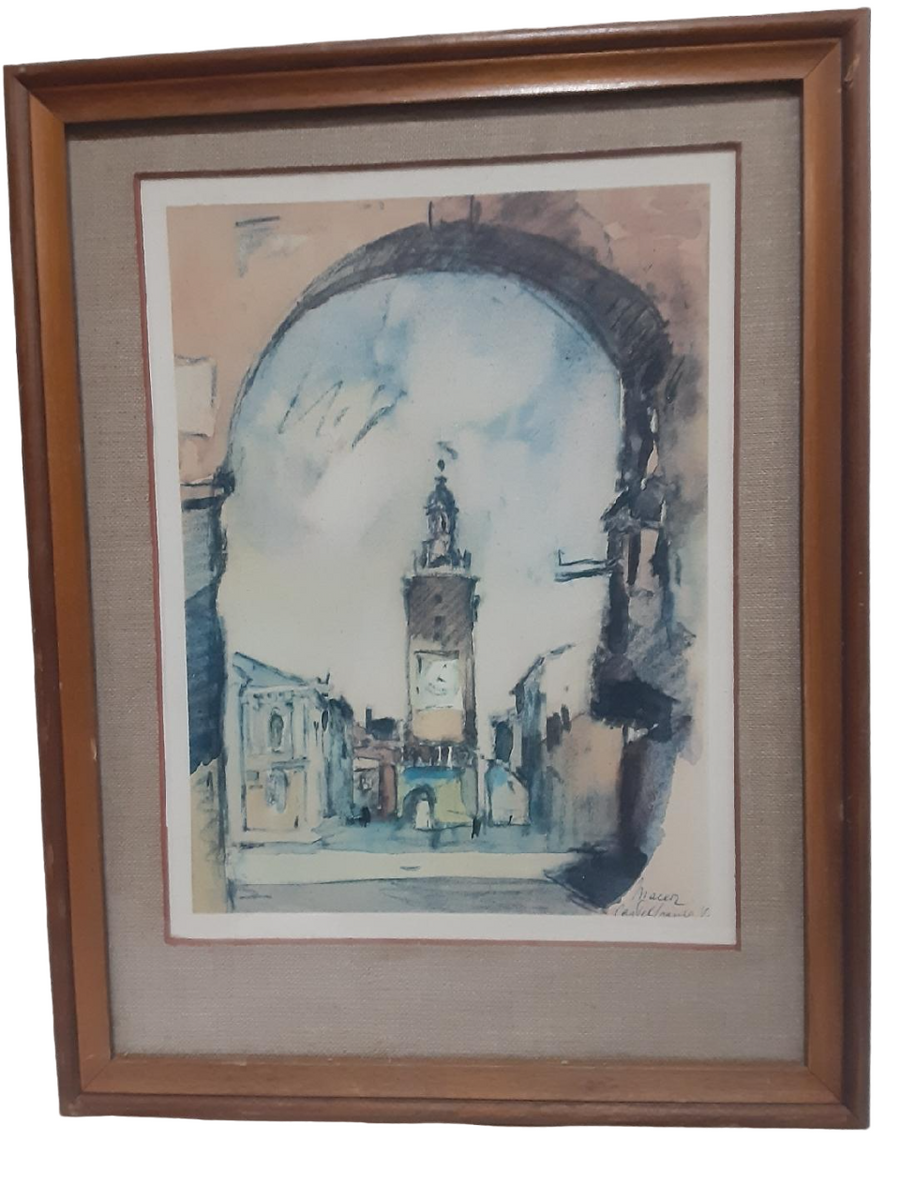
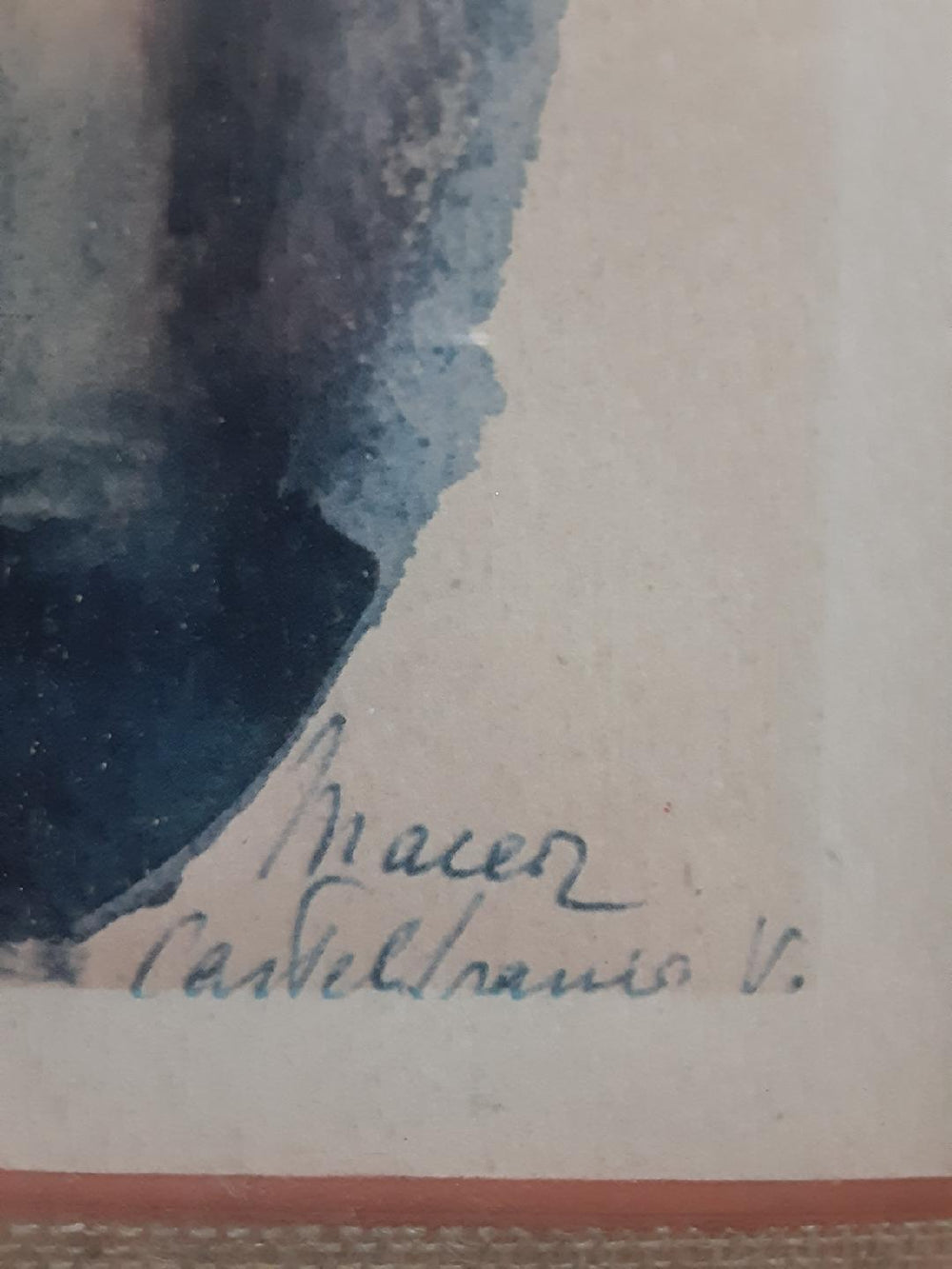
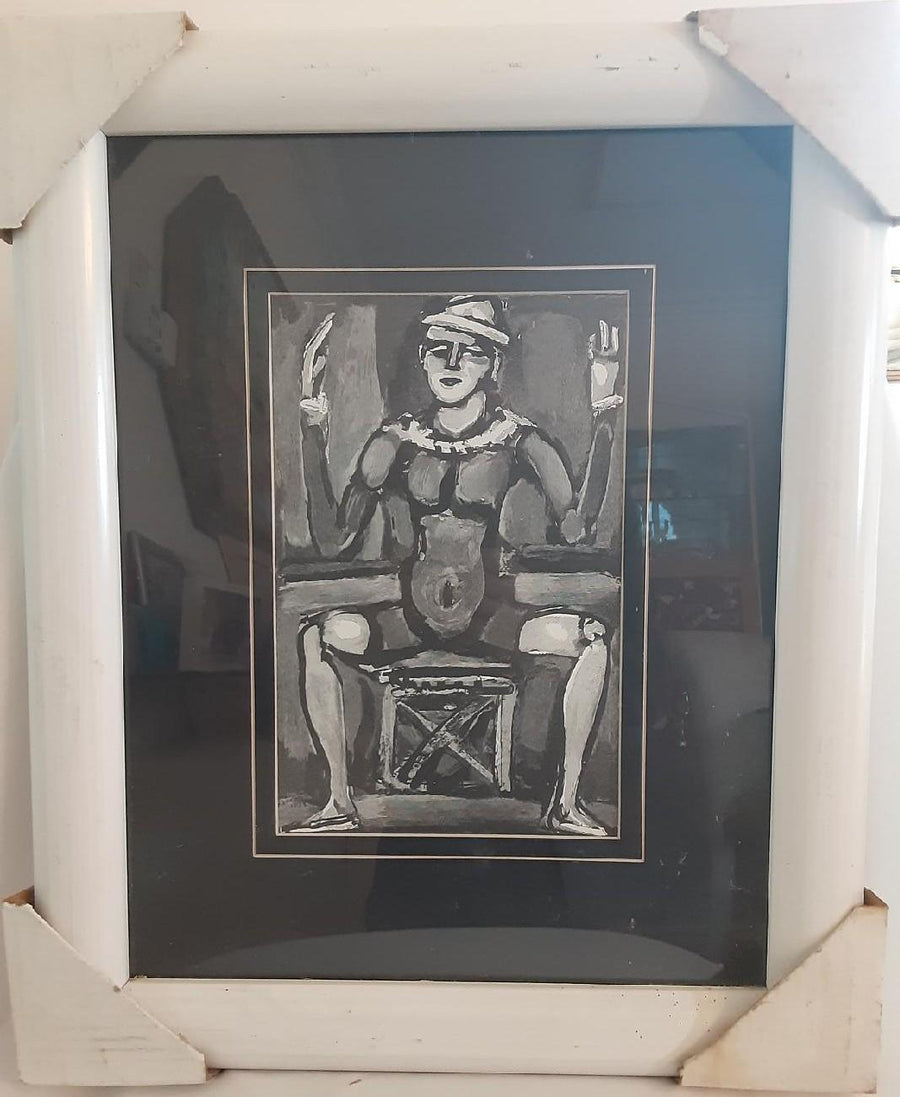
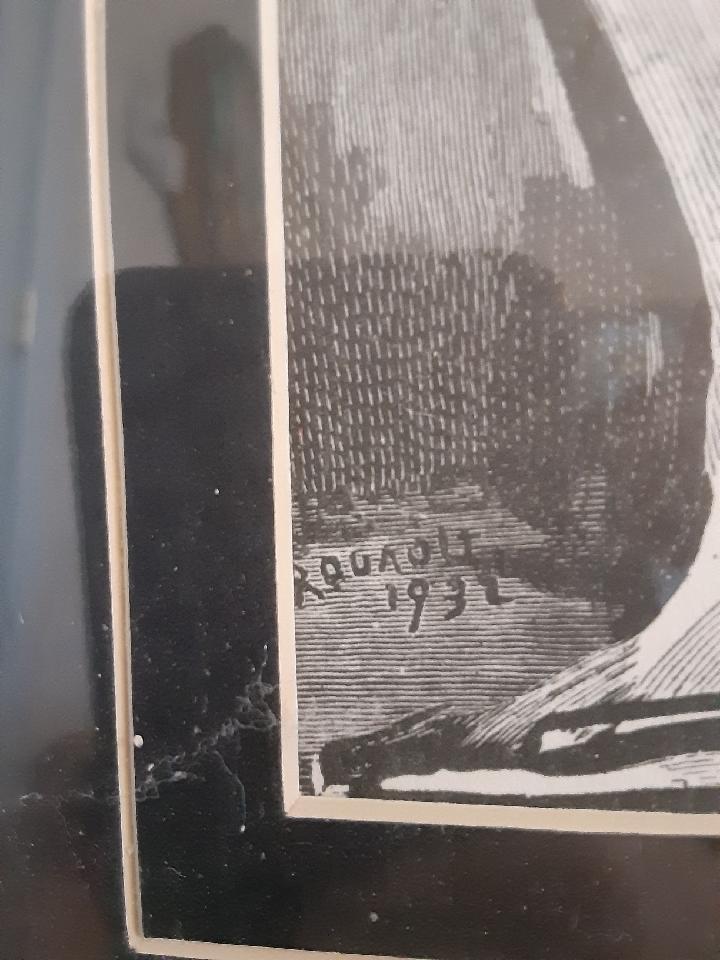


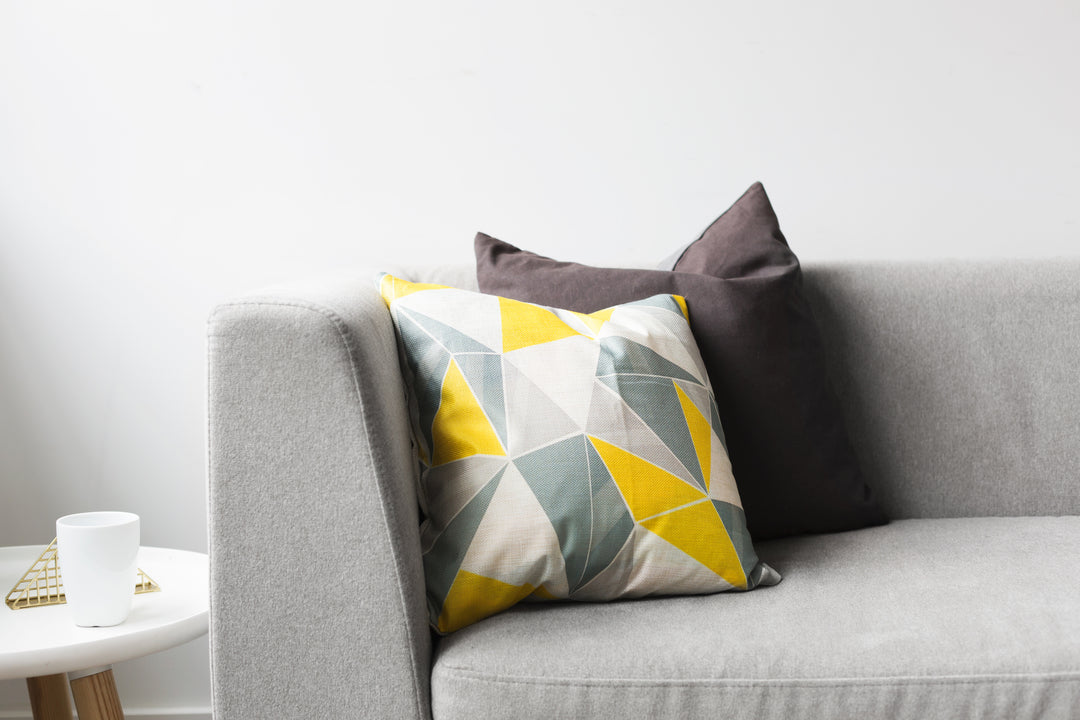
Leave a comment